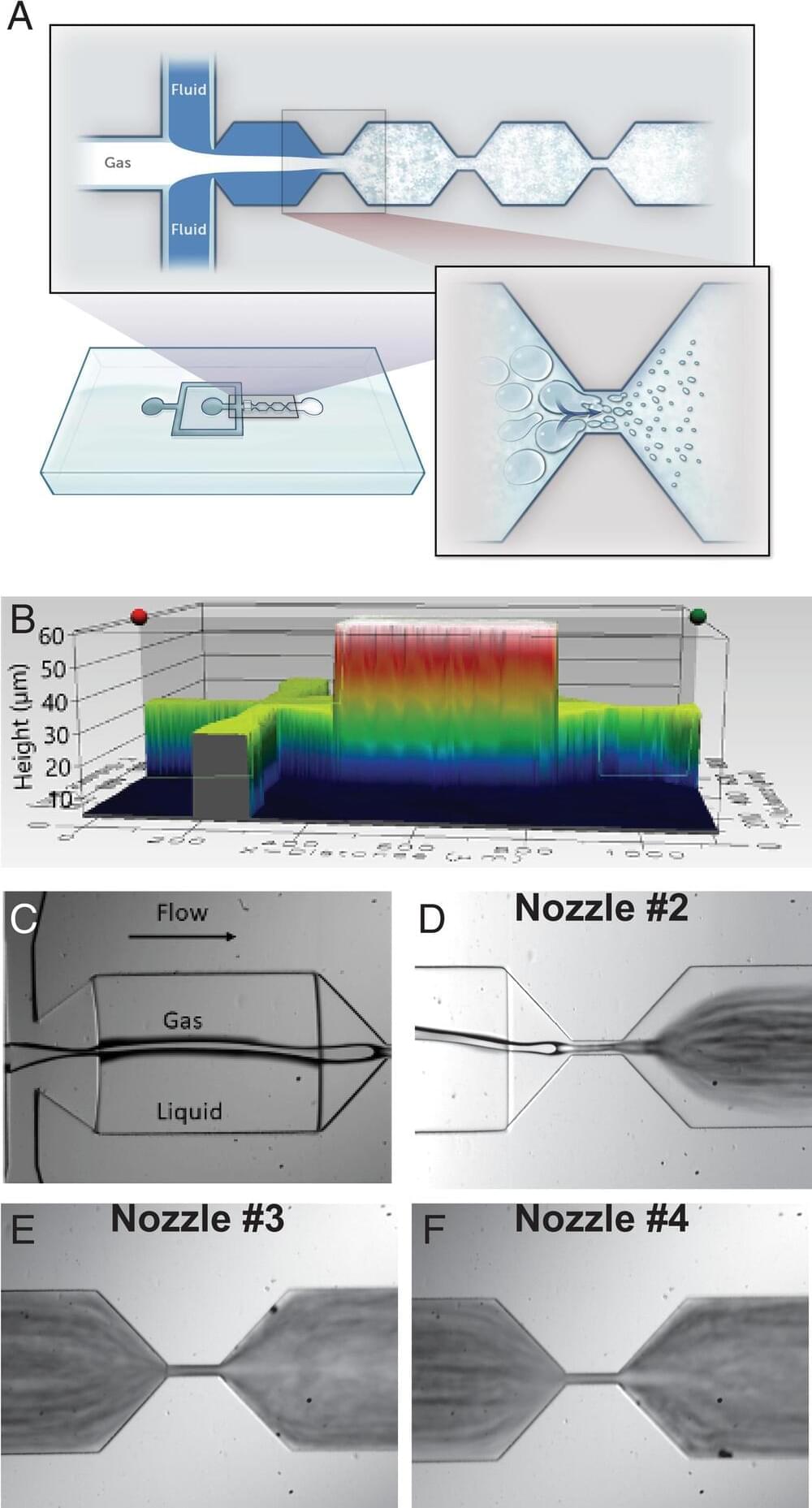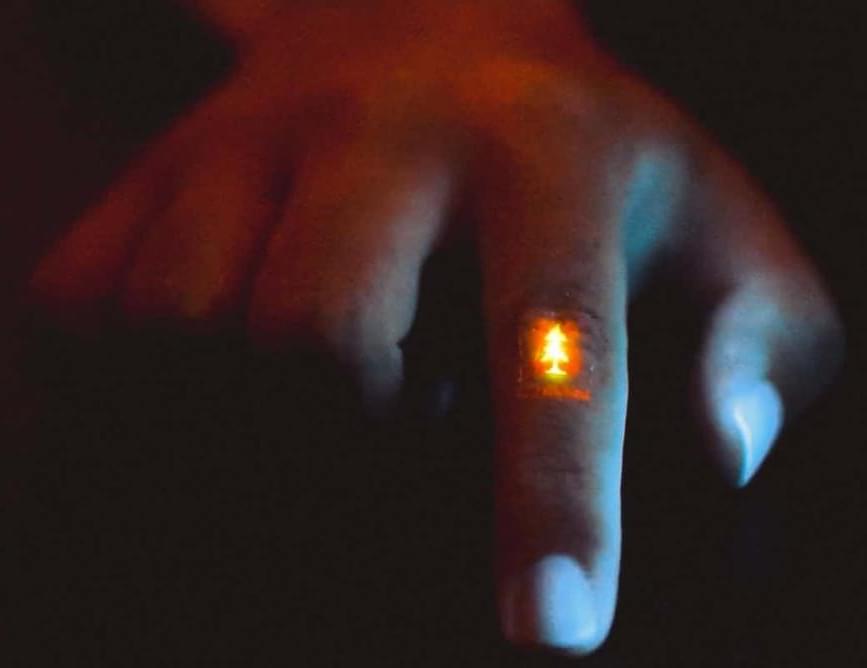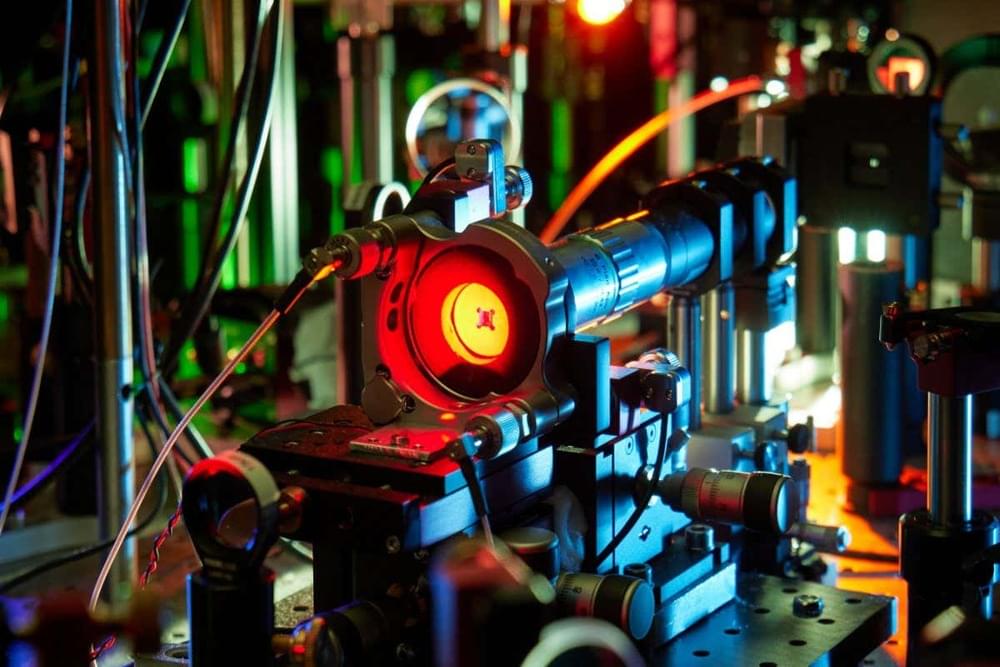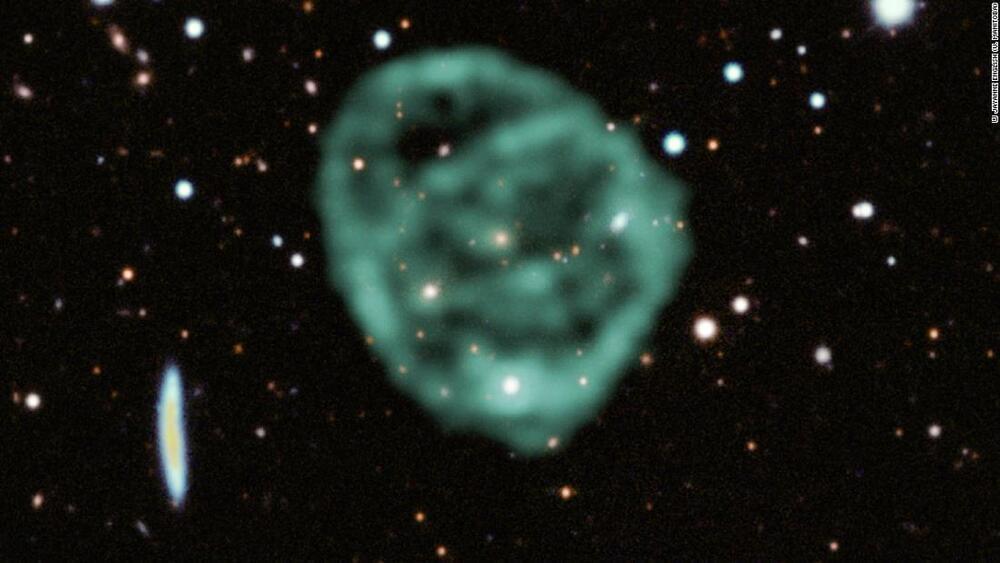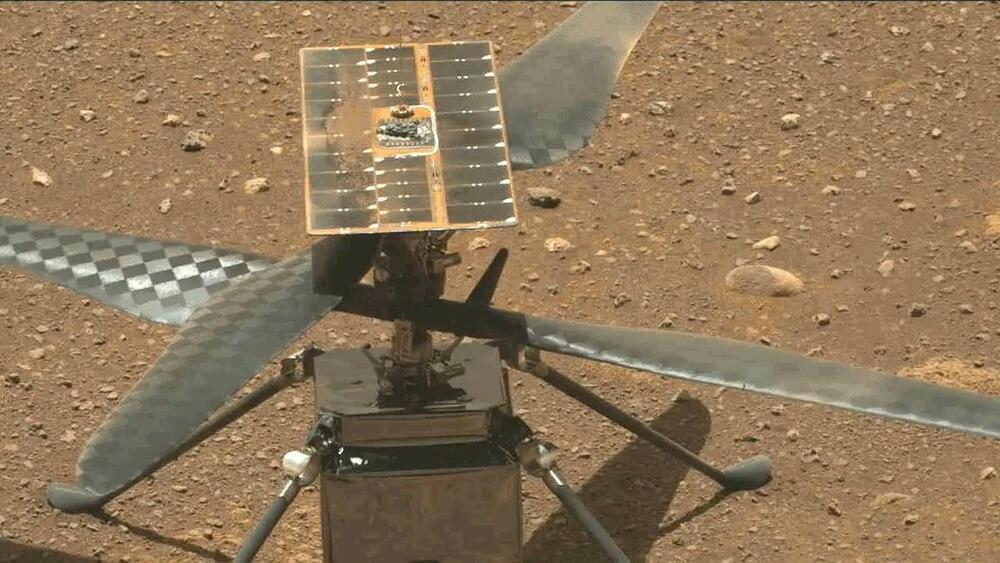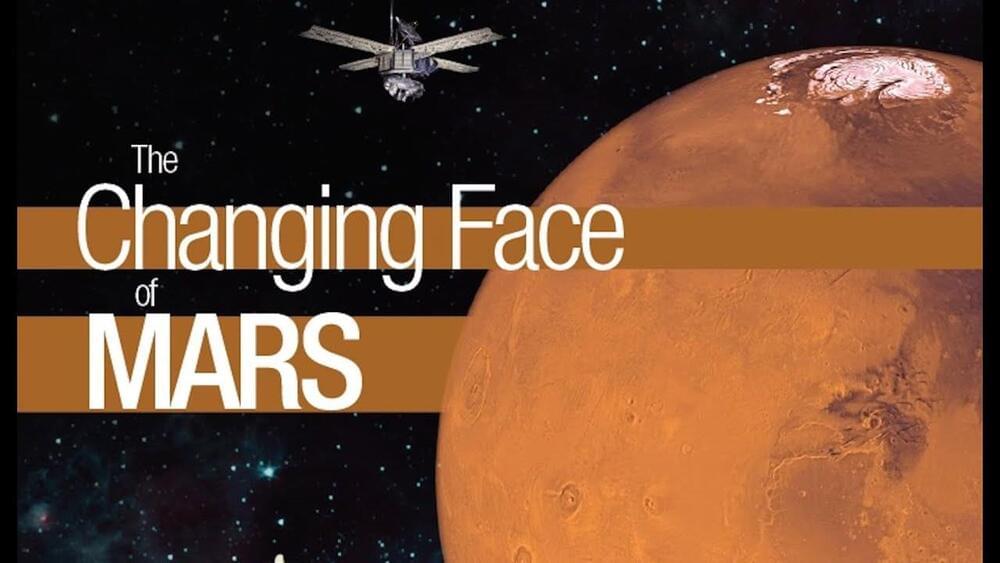Mind-body philosophy | solving the hard problem of consciousness.
Recent advances in science and technology have allowed us to reveal — and in some cases even alter — the innermost workings of the human body. With electron microscopes, we can see our DNA, the source code of life itself. With nanobots, we can send cameras throughout our bodies and deliver drugs directly into the areas where they are most needed. We are even using artificially intelligent robots to perform surgeries on ourselves with unprecedented precision and accuracy.
Materialism says that the cosmos, and all that is contains, is an objective physical reality. As a result, philosophers who subscribe to this school of thought assert that consciousness, and all that it entails, arises from material interactions. As such, the material world (our flesh, neurons, synapse, etc.) is what creates consciousness.
Idealism says that the universe is entirely subjective and that reality is something that is mentally constructed. In other words, consciousness is something that is immaterial and cannot be observed or measured empirically. Since consciousness is what creates the material world, according to this school of thought, it is unclear if we can ever truly know anything that is mind-independent and beyond our subjective experience.
Dualism essentially holds that mental phenomena are, in some respects, non-physical in nature. In this respect, the mind and the body exist, but they are distinct and separable.
Although most modern philosophers subscribe to the materialist view, determining, and ultimately understanding, the nature of human consciousness using an empirical methodology is a remarkably difficult task. The primary issue with accomplishing the aforementioned is that empirical science requires things to be measured objectively. And when it comes to consciousness, everything is subjective.


